Description
ABOUT
One of the oldest and most traditional types of organic rice used by Tamilians is poongar rice. It has a hazy reddish hue. It was known as Arubadhamkodai in antiquity. Poongar rice became the name for it during the later era. The poongar paddy may be grown three times a year in all sorts of soils throughout Tamil Nadu.
WHY TRADITIONAL RICE SHOULD BE INCLUDED IN DIET
People today do not lead the same healthy and nutritious lifestyle as their ancestors. While diseases like “high blood pressure,” “diabetes,” “blood sugar,” and “cancer” have become popular terms, they are used far too frequently. People tend to fall sick frequently due to their unhealthy food habits and lifestyle.
One of the most nutrient-dense common foods is traditional rice.
According to history, ancient people cherished traditional rice varieties for their nutritional and therapeutic benefits.
Ailments like heart attacks, high blood pressure, diabetes, etc. were essentially unheard of in earlier times. Our forefathers led long, robust lives.
Traditional rice is the best-known source of vitamin B, which prevents fatty liver, aids in muscle recovery, helps lower or avoid blood sugar, also it is high in fibre and selenium, and has no cholesterol. Additionally, traditional rice has a reputation for preventing breast cancer.
The benefits of traditional rice are endless. It is well recognised that all types of rice aid in physical growth, a better immune system and the prevention of many diseases.
HOW TO COOK POONGAR RICE IN PRESSURE COOKER
Wash the rice properly.
Traditional rice have longer cooking time so before cooking, soaking the rice in water for 7 to 8 hours is an important step.
For one cup of poongar rice, add three cups of water.
If cooking in a pressure cooker, wait for 5-7 whistles and turn off the flame.
Your healthy meal is ready.
HOW TO INCLUDE POONGAR RICE IN YOUR DIET
Excellent replacement for white rice in idlis, dosas (especially neer dosa), puttu, kanji/porridge, and even desserts like payasam.
Alternatively, wash the rice thoroughly and soak it over night before cooking. Pressure cook for 5 whistles with 3 cups of water and 1 cup of rice to enjoy it as a meal.
DIFFERENT NAMES OF POONGAR RICE IN DIFFERENT LANGUAGES
English – Poongar rice
Tamil – Poongar arisi
Telugu – Pungar biyyam
Malayalam – punkar ari
Kannada – Pungar akki
Hindi – pungar chaaval
BENEFITS OF POONGAR RICE
- Poongar rice gives the body strength, making it a great choice for expectant and nursing mothers. They are given poongar kanji, which is easy to digest.
- Poongar rice has an anthocyanin that can regulate blood pressure to the appropriate levels for the human body. Additionally, it increases visual acuity, lowers cancer cell counts, prevents tumour growth, and is beneficial for diabetics.
- Poongar consumption lowers your body’s cholesterol levels. It has a lot of fibre, which facilitates simple digestion. Poongar also increases appetite and reduces problems associated with obesity and the heart.
- When compared to the consumption of other kinds of rice, poongar rice prevents the mixing of glucose in the blood stream. Thus, diabetic patients would benefit from it the most.
- Poongar rice is helpful in strengthening the bones and muscles.

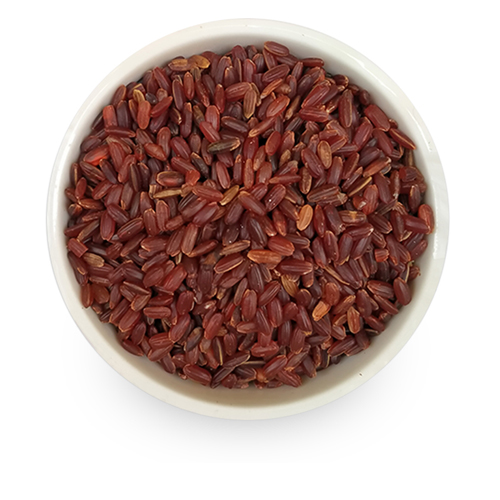

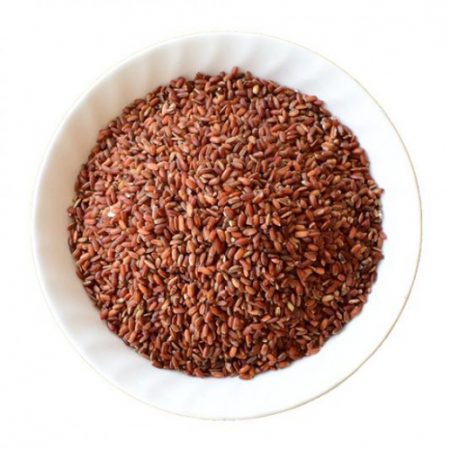
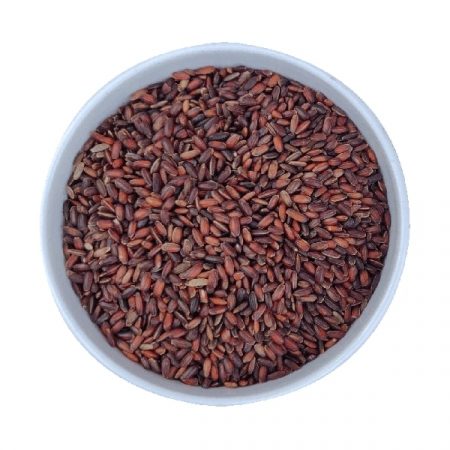
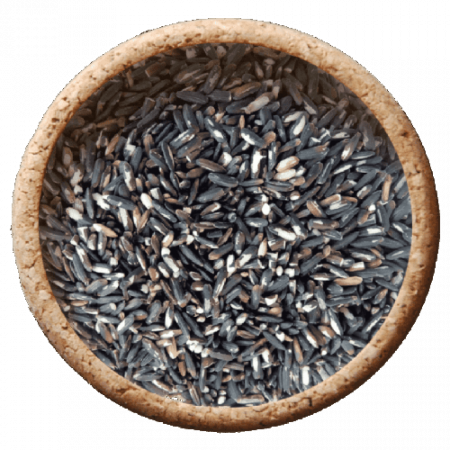
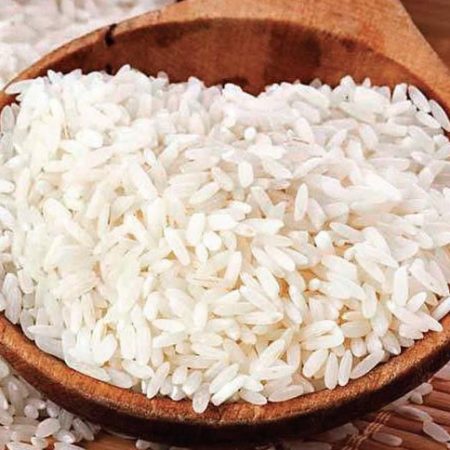
Reviews
There are no reviews yet.